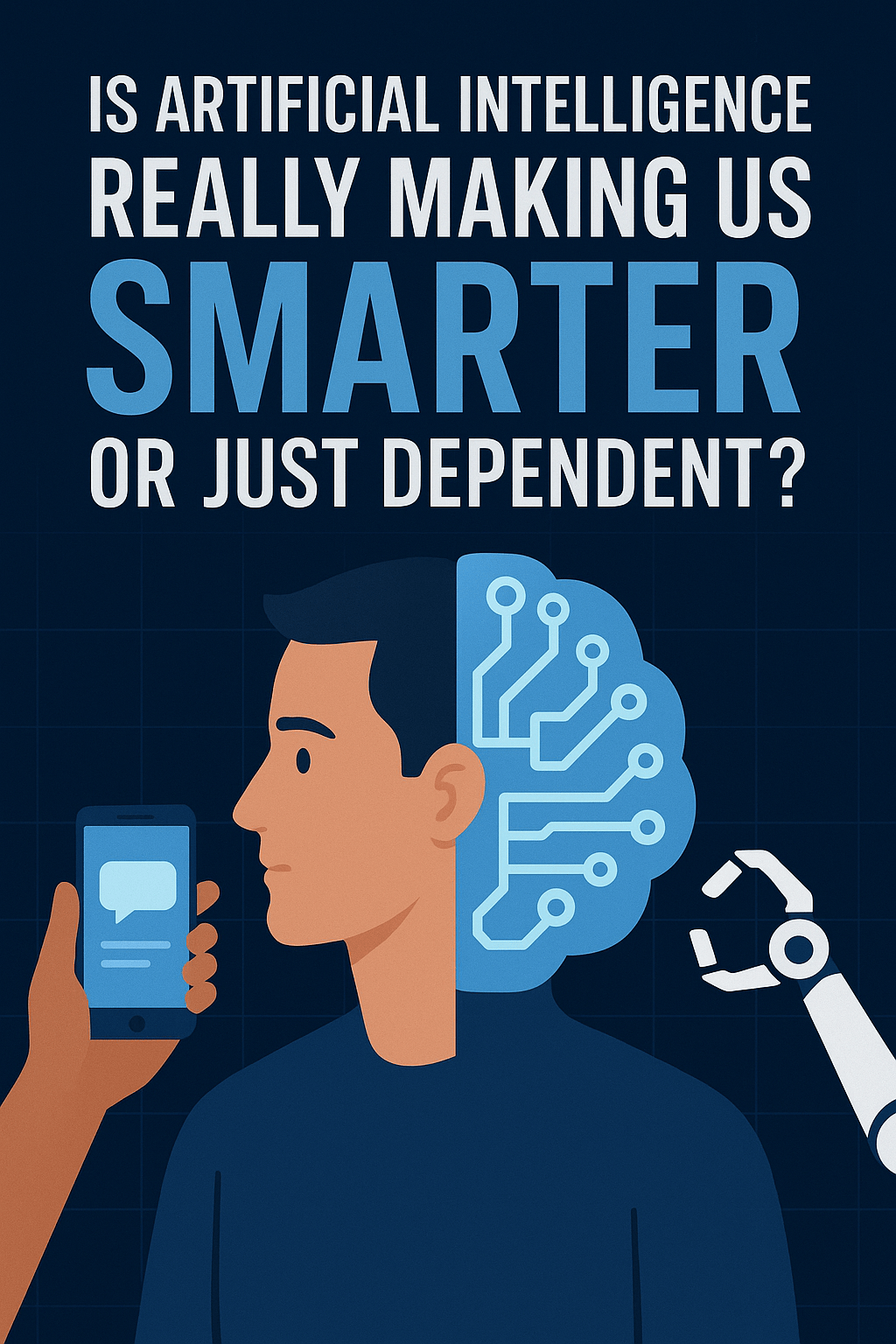The landscape of education is rapidly evolving, driven by technological advancements and changing societal needs. Canada, a country known for its commitment to innovation and quality education, is at the forefront of this transformation. Technology is playing a crucial role in shaping the future of Canadian education, ensuring that students are equipped with the skills and knowledge necessary to succeed in the 21st century.
The Digital Classroom
The traditional classroom is being redefined by the integration of technology. Interactive whiteboards, tablets, and laptops are becoming commonplace, providing students with access to a wealth of educational resources and tools. Online learning platforms offer flexible learning options, allowing students to learn at their own pace and from anywhere in the world.
Developing Digital Literacy
As technology becomes increasingly integrated into education, it is essential to develop digital literacy skills in students. This includes teaching students how to use technology effectively, critically evaluate information, and communicate effectively in a digital environment. Digital literacy empowers students to become active participants in the digital age and prepares them for future careers.
Personalized Learning
Technology enables personalized learning experiences, tailoring instruction to the individual needs and learning styles of each student. Adaptive learning platforms can identify knowledge gaps and provide targeted support, ensuring that students are challenged and engaged. Personalized learning has the potential to improve student outcomes and reduce educational inequities.
Preparing for the Future Workforce
The future workforce will be characterized by rapid technological change, automation, and the rise of new professions. Canadian education must adapt to prepare students for these emerging trends. Technology can play a vital role in developing the skills needed for the future, such as critical thinking, problem-solving, creativity, and collaboration.
Addressing Equity and Access
Technology has the potential to bridge the digital divide and ensure equitable access to education. By providing students in rural or remote areas with access to online resources and learning platforms, we can help to close the gap between urban and rural schools. Additionally, technology can be used to support students with disabilities, providing them with the tools and accommodations they need to succeed.
Conclusion
Technology is transforming the landscape of education in Canada, providing new opportunities for learning and innovation. By embracing technology and developing digital literacy skills, Canadian students can be equipped to succeed in the 21st century and beyond. As we continue to navigate the digital age, we must invest in technology-enabled education to ensure a bright future for generations to come.












